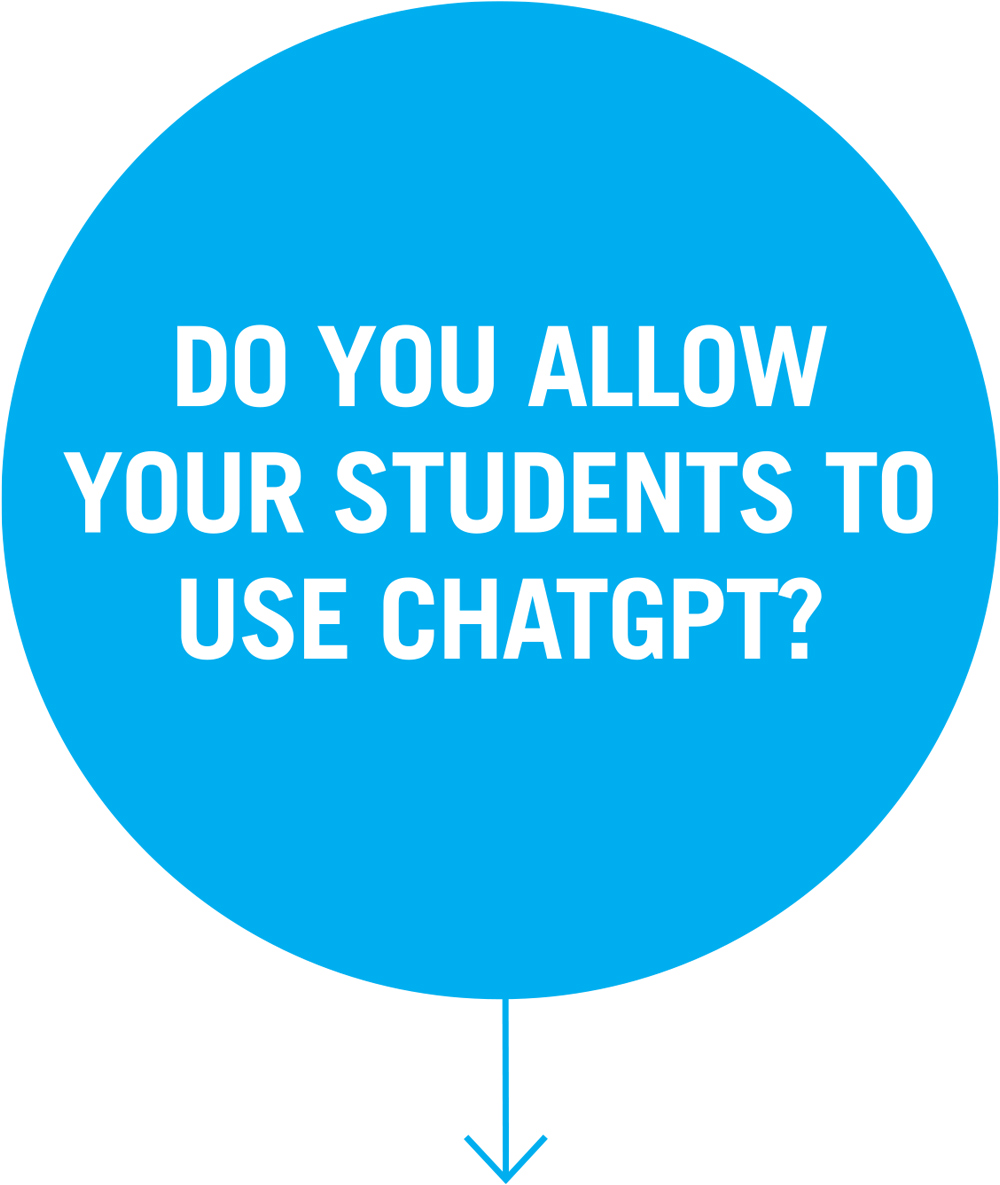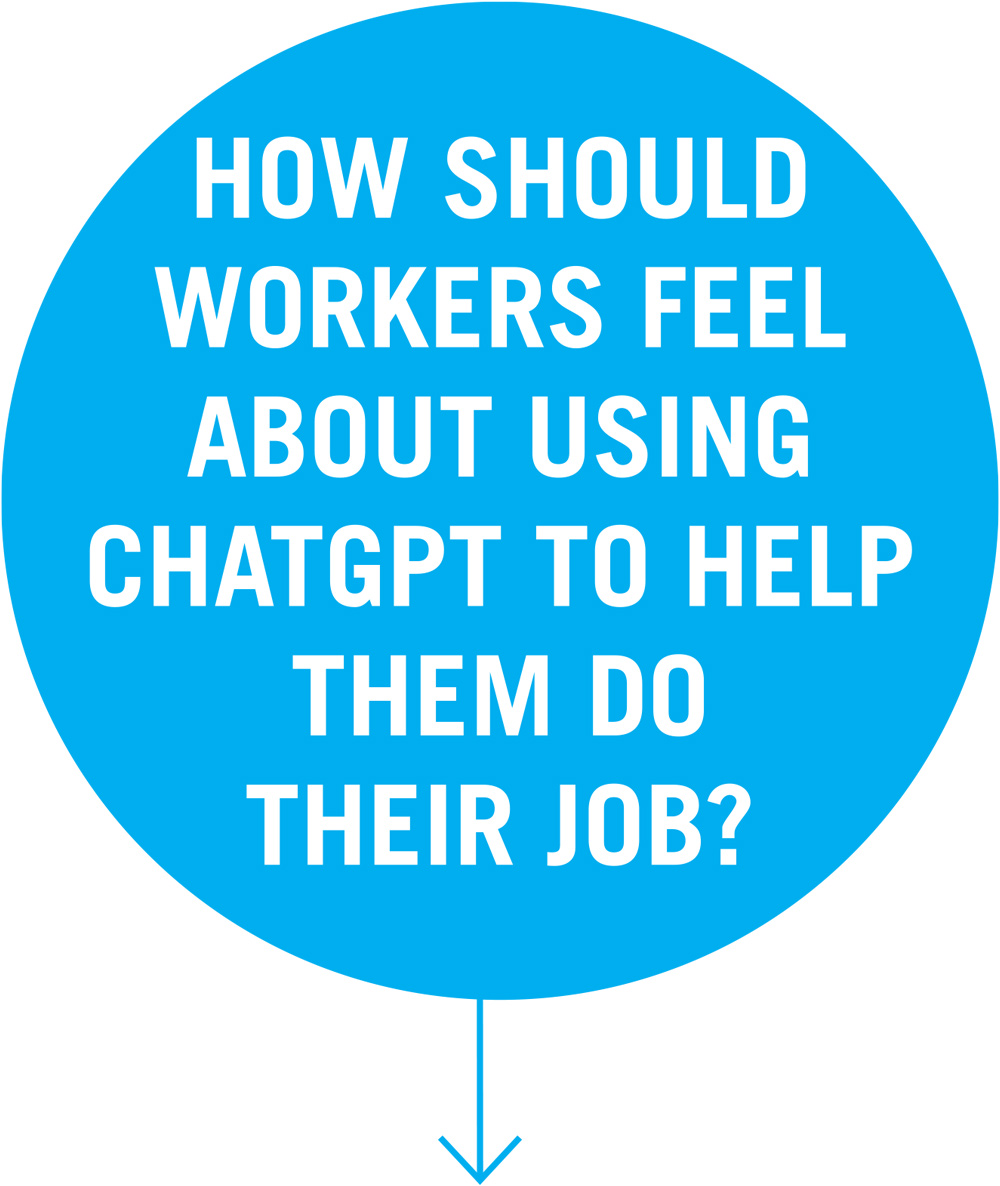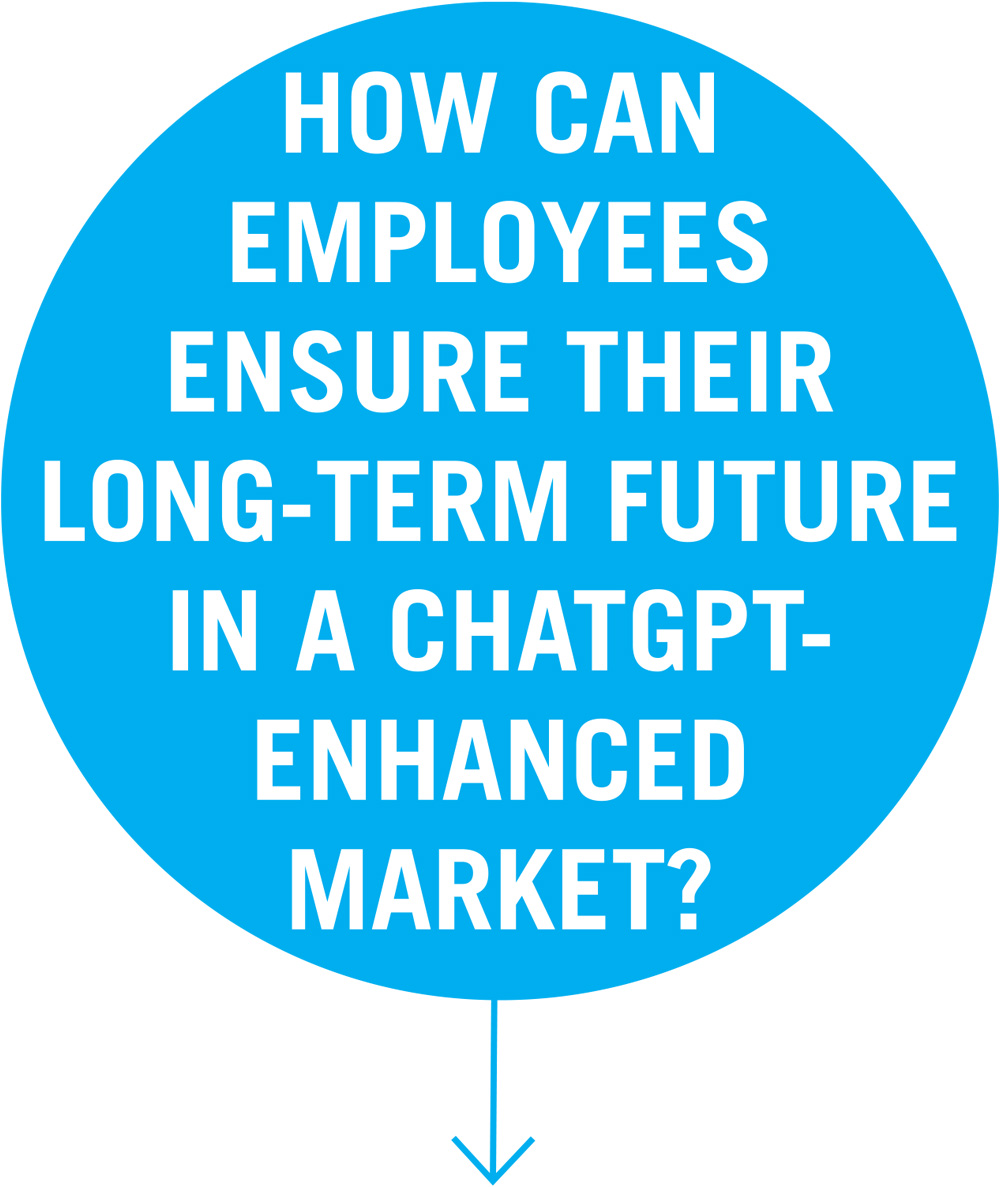
Putting ChatGPT to Work
by BRYAN WENDELL

Photo: Emily Paine

“Alphabetize this list of names.” “Write a gluten-free dinner recipe with chicken.” “Plan a dinosaur-themed birthday party.” ChatGPT, the large language model chatbot from OpenAI, has everyday people using artificial intelligence to make their lives easier. But what’s the role of ChatGPT in the workplace? Why have some companies banned the tool? And how can workers use ChatGPT without fearing it may replace them? Freeman College of Management Professor Daniel Street, accounting, has been exploring these questions as companies consider their AI-powered futures.
Do you allow your students to use ChatGPT?

I do! My goal is to prepare my students for the society they will interact with over the course of their lives. I like thinking of ChatGPT as just another tool, like a calculator. Could I require students in an accounting class to add a column of numbers by hand? Sure. Will that be more efficient or produce higher-quality output than a calculator? No.
How should workers feel about using ChatGPT to help them do their job?

Employees should consider whether their job is simply to complete a given number of tasks or whether their job is to advance an organization’s success. If their task is to complete 50 reports a week and they can complete that task in 40 hours, then completing 50 reports is doing exactly what they were hired to do — with or without the use of ChatGPT. On the other hand, if they were hired to advance their organization’s interests, then they may be able to leverage ChatGPT to achieve better results from their 40-hour workweek.
How should employers respond to ChatGPT?

Employers should evaluate whether this new and evolving technology can improve their organization’s efficiency and effectiveness. Can ChatGPT enable an organization’s employees to advance from preparing 50 reports on their own each week to preparing 250 AI-assisted reports? Keeping in mind the need for employees to verify the quality of AI-assisted work, employers should collaborate with their employees to revise expectations in light of this powerful new technology.
How would you like to see ChatGPT incorporated into the workplace?

I hope the advent of large language models like ChatGPT can reduce the amount of time people spend on text-generation drudgery, freeing up their precious time and energy to focus on tasks that serve society and require uniquely human skills like strategy, creativity, empathy, advocacy and compassion.
How can employees ensure their long-term future in a ChatGPT-enhanced market?

ChatGPT is just one example of a long history of human invention. Humans harnessed fire, built the wheel, domesticated animals, cultivated crops, constructed buildings, developed the internet and so much more. That is an incredible human history of development and doing! While ChatGPT can produce impressive replies to our prompts, it can’t develop or do anything on its own and can only generate by referencing things that already exist. It still requires us to be the learners, creators, and above all, doers.